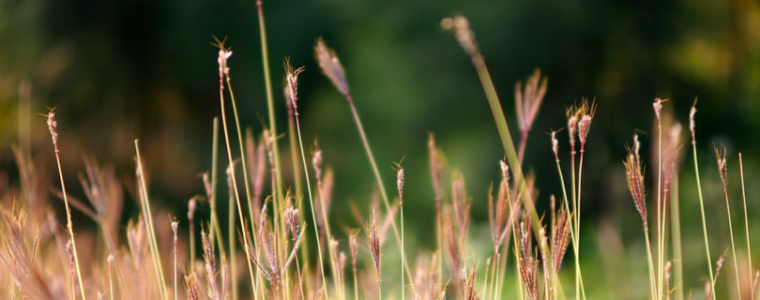
Rehabilitation centers all over the country are now dealing with lots of baby animals. You can help in many ways just by knowing when to intervene and when to leave the animal alone. Here are some tips to remember.
Fawns
Fawns are left alone by the mother for many hours at a time. If you see a young fawn alone, laying down in the grass, look to see if it has flies around it. Look at the ears-are they folded over, and is the fawn crying or struggling to breathe? If so, it probably needs help. If it is just laying there quietly, it is waiting for the mother to return and you should not intervene.
Rabbits
Baby rabbits are very difficult to raise in a rehabilitation setting. They are high stress and develop gastrointestinal problems that are sometimes impossible to fix. They grow quickly and are on their own when only about 4 weeks old. The mother only comes to the nest twice a day, around dawn and dusk, so if you see a nest with babies and no mother around, it does not mean they are abandoned! Baby rabbits that are in trouble will have a sunken appearance, with little insects on them and will feel cool to the touch. Young rabbits that are out of the nest will not always run away, but will stay perfectly still if threatened-they are still learning to run and hide. If you see a small young rabbit alone, do not assume it is in need of help. Call a licensed wildlife rehabilitator to discuss the situation and we can guide you.
Birds
Baby birds that are leaving the nest are called fledglings. They hop around on the ground for several days while learning to fly, and the parents continue to feed them. The parents have several fledglings to watch over, so you may not see a parent feeding the fledgling for quite some time. This is a critical time for these birds to learn from their parents, and you should not pick them up or intervene. It is also a time when you may see a baby owl running or hopping on the ground. These are called branchers, and have the ability to run up a tree trunk with their massive talons before being able to fly. The parents are watching and feeding them as well, so unless the baby is unable to walk, or you see an injury to the wing or leg, please leave them be for the parents to care for while they are learning to fly.
Turtles
Turtles will be hatching soon! It is hard to resist picking up a little turtle the size of a quarter, thinking it needs protection. It does not! The only reason to pick up a baby turtle is if it is in the middle of the road and likely to get hit by a car. If so, then just place it back from the road, don’t take it home and try to care for it. If you feel it is injured, contact a licensed wildlife rehabilitator first.
Ducks
Ducklings and goslings hatch and follow the mother or parents everywhere. If you see one alone with no other siblings or parents around, it probably needs help. Observe first to see if others are in the area, or if you hear others nearby. Placing the baby near the others will allow them to find each other. If you need to intervene and call a licensed wildlife rehabilitator for assistance, do not put the baby in water while waiting! They do not have the oils needed in the feathers to waterproof them, and getting wet will cause hypothermia and possible death. A small jar lid with water for drinking and a soft cloth for them to stand on is all they need until they can be taken to the rehabilitator.
